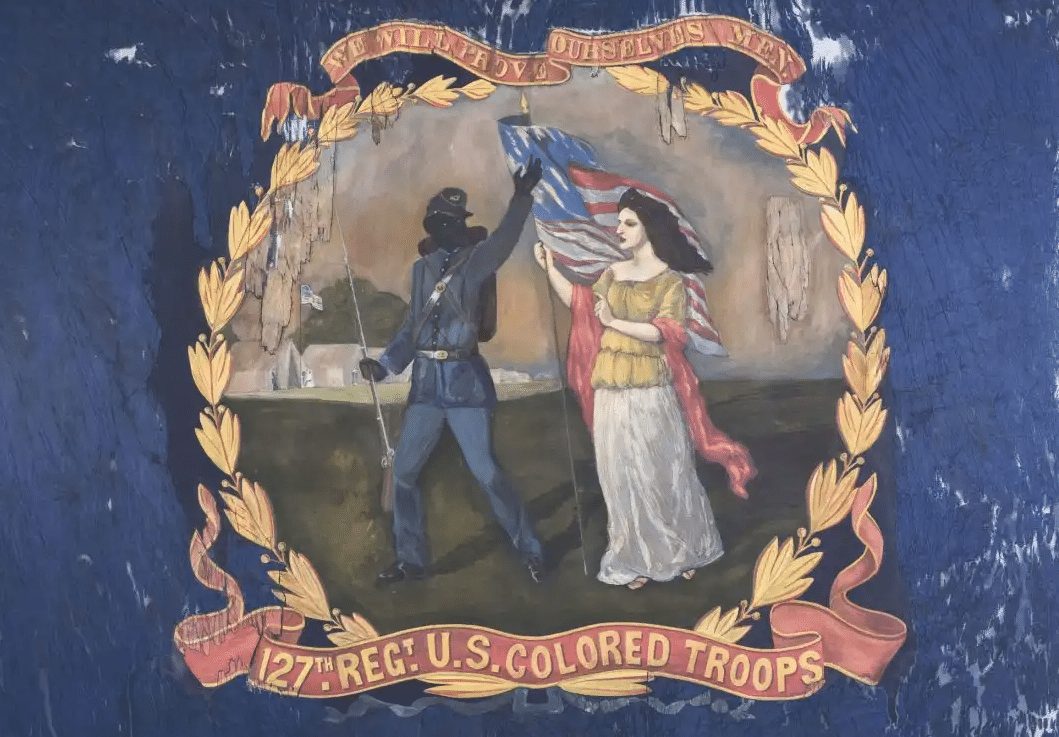The writer Ta-Nehisi Coates testified for Congress on a bill that discusses reparations for slavery. Mitch McConnell weighed in with the following quote, which would be a lot less cynical if he didn’t use “We”. A politician who devoted himself to undermining the entire African American presidency he namechecks isn’t one to claim that efforts have been made.
“I don’t think reparations for something that happened 150 years ago when none of us currently living are responsible is a good idea,” the Kentucky senator told reporters. “We’ve tried to deal with our original sin of slavery by fighting a civil war, by passing landmark civil rights legislation. We’ve elected an African American president.”
Source: Ta-Nehisi Coates gave Mitch McConnell a powerful lesson on reparations – Vox

